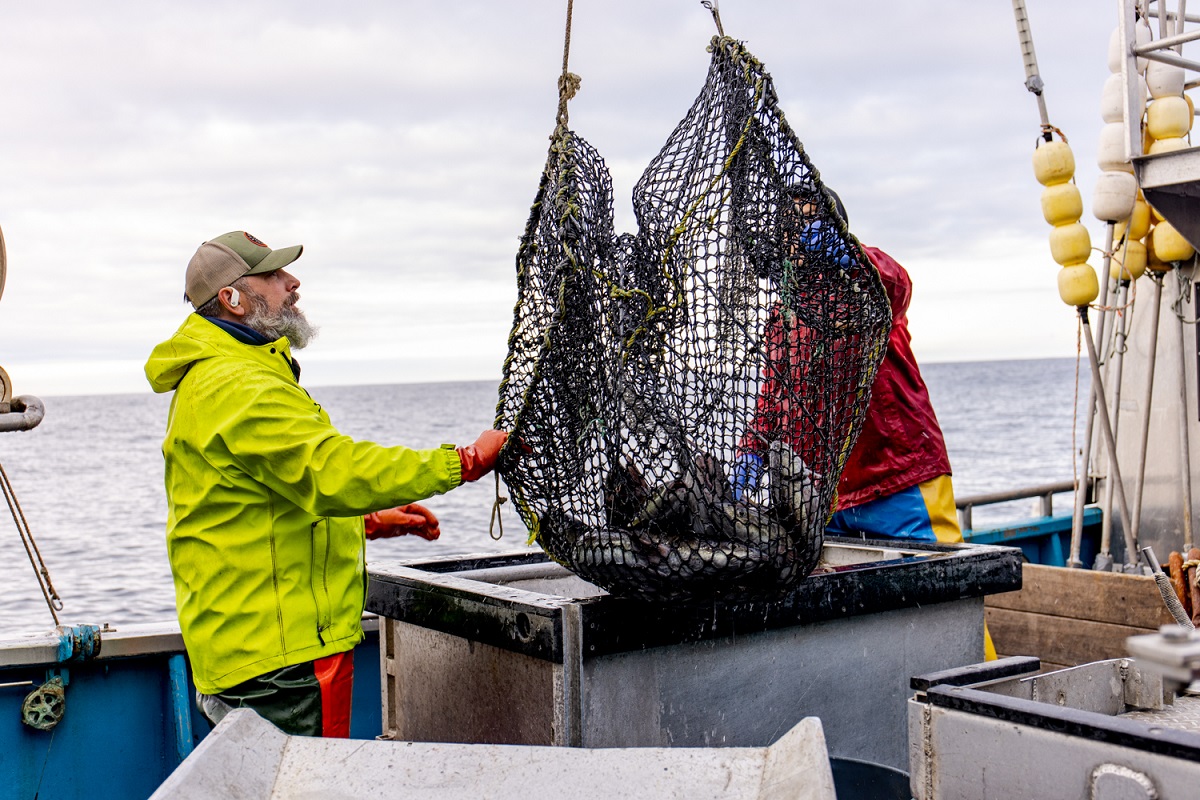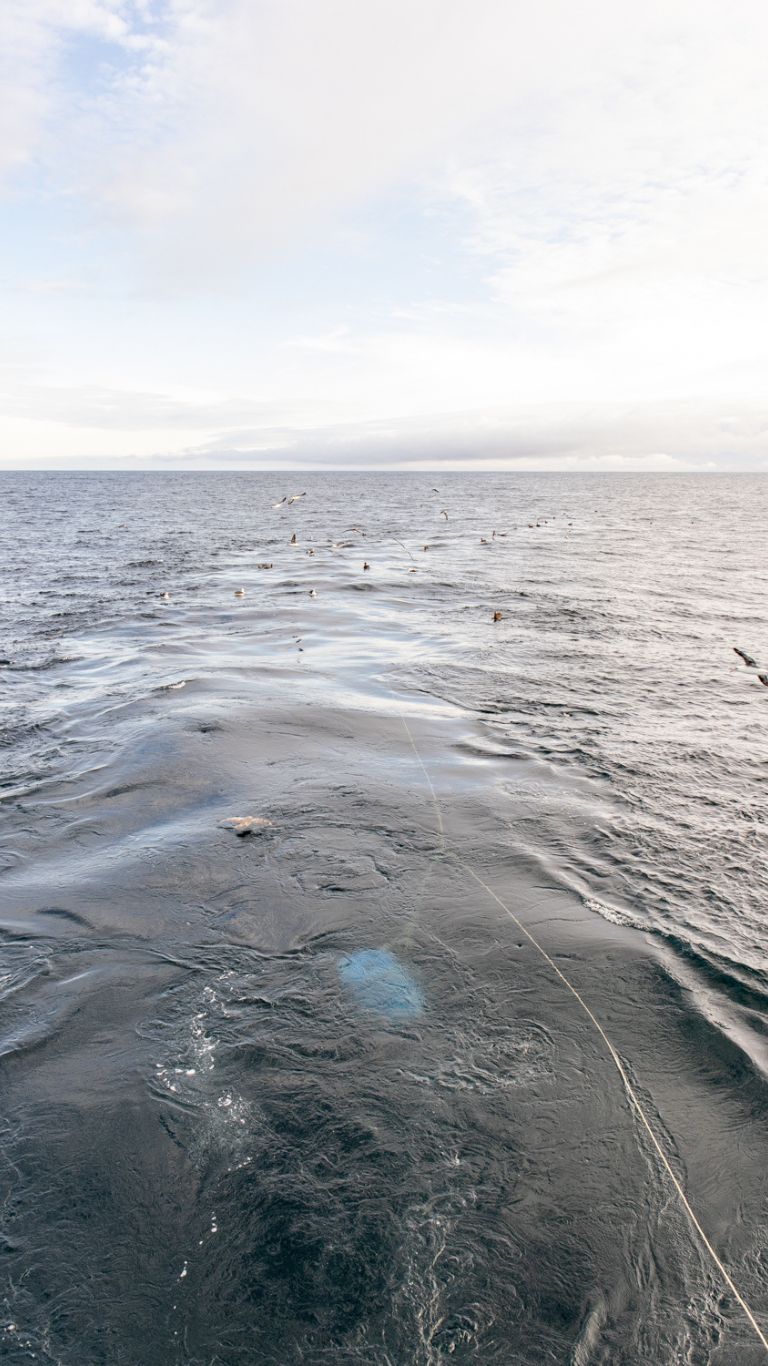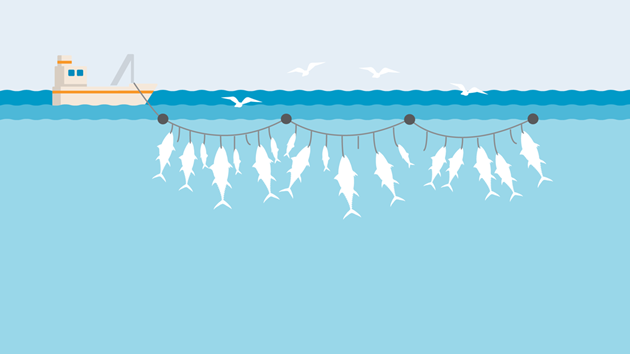An innovative fishing gear is reducing interactions with marine mammals and helping smaller boats thrive.
There is one very specific thing that sperm whales, orcas, and humans have in common.
We all love black cod.
And what’s not to love? Black cod, also known as sablefish (Anoplopoma fimbria), is a delicious, buttery whitefish from the cold waters of the Pacific Ocean. Plus, when it comes from the US North Pacific Halibut and Sablefish fishery, it’s a great environmental choice because it is MSC certified sustainable and has been since 2006!

The only difference between us and the whales is that we tend to get our black cod from the supermarket, but orcas and sperm whales have discovered a shortcut. They go straight to the longlines where fishers use baited hooks to catch sablefish, and they pick the fish right off the lines.
This is known as depredation–the removal of fish from fishing gear by other species–and it was becoming a big problem for the sablefish fishery in the Gulf of Alaska and Bering Sea. Some fishermen said as much as half of their catch was being snatched off lines by whales. This was terrible for business and not great for long-term sustainability.
To solve this problem, many of the larger boats in the fishery switched to rigid, heavy-duty, whale-proof pots. Like a crab pot or lobster trap, sablefish can swim into a pot and only the undersized ones can swim back out. This meant the fishers were now able to catch fish without losing any to whales.
But it wasn’t that easy for everyone. The rigid pots are big and heavy, weighing up to 300 pounds, and a lot of smaller and older boats didn’t have the space or capability to make the switch.
Enter the slinky pot.
Named for the childhood toy that it resembles, slinky pots serve the same purpose–trapping fish of the right size inside–while taking up only a fraction of the space.

Essentially a spring covered in mesh, a slinky pot weighs less than 15 pounds, can be baited and hauled around by fewer people and without expensive mechanical equipment like hydraulics, and can be collapsed flat when not in use, making it usable for smaller boats. Plus, they’re affordable, costing about half as much as their rigid counterparts.
They were first legalized in the Gulf of Alaska sablefish fishery in 2017 and have been widely adopted since then. The fixed gear sablefish fisheries in Washington, Oregon, and California, recently joined the MSC certificate for sablefish, making it even easier to find certified sustainable seafood near you.




